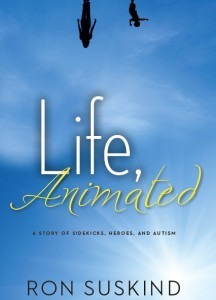II have been recently introduced to the global blog Guest of a Guest. It is a website that website founded by Cameron Winklevoss and Rachelle Hruska that covers high society events , people, and places. It also has many pictures of people and events around the world. It is based in DC, NYC, LA, and the Hamptons. It covers events from the Oscars to small parties to store openings to what to do for dinner. I think it is an appealing and interesting new take on media in these cities. You can click on a calendar
, people, and places. It also has many pictures of people and events around the world. It is based in DC, NYC, LA, and the Hamptons. It covers events from the Oscars to small parties to store openings to what to do for dinner. I think it is an appealing and interesting new take on media in these cities. You can click on a calendar of events in a city near you and find many exclusive or open events.It also keeps people updated on trends, celebrities, etc. It is similar to page six but unique and online and popular among many young people. I enjoy browsing through the articles, made by interns to editors and full time employees. They have told me about good restaurants, brands, music and other things. It is easy to use and appealing to me because I live near New York City.
of events in a city near you and find many exclusive or open events.It also keeps people updated on trends, celebrities, etc. It is similar to page six but unique and online and popular among many young people. I enjoy browsing through the articles, made by interns to editors and full time employees. They have told me about good restaurants, brands, music and other things. It is easy to use and appealing to me because I live near New York City.
I wanted to post about this blog because I am interning there this summer in their Chelsea office. I will be working 3-4 days a week and am excited to work in PR and journalism. I will be blogging, going to special events at night and networking. It will be interesting to see what they will want me to do and if their is bias toward different things and how I should write about them.
Here is an article about the Tribeca Film Festival: http://guestofaguest.com/new-york/tribeca-film-festival/julian-schnabel-anja-rubik-public-school-celebrate-daniel-arshams-tff-debut-future-relic-01-04
This article is about Saturday at the Tribeca Cinemas, as Arsham debuted the first 4 parts of his 9 part film series Future Relic. It shows pictures the cocktail party and screening of the film as well as tells about it in the article. I hope you guys enjoy poking through the blog!

